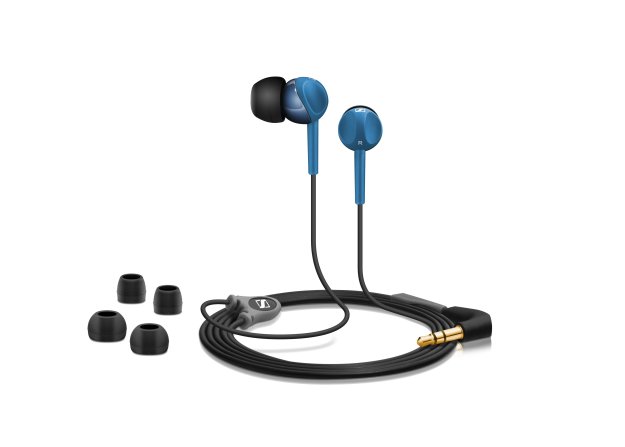 If you haven’t already noticed, it’s all about color in the world of speakers and headphones these days. Straight black or white just doesnt cut it anymore. So, to keep mainstream headphone users paying attention, manufacturers have turned toward some seriously eye-catching color schemes and now even German headphone maker Sennheiser, not exactly known for its fashion-forward designs, is jumping on the purple painted band-wagon. Perhaps even more exciting than the wild new color additions, though, are some attractive price points that could end up bringing the signature Sennheiser sound to a new generation of listeners.
If you haven’t already noticed, it’s all about color in the world of speakers and headphones these days. Straight black or white just doesnt cut it anymore. So, to keep mainstream headphone users paying attention, manufacturers have turned toward some seriously eye-catching color schemes and now even German headphone maker Sennheiser, not exactly known for its fashion-forward designs, is jumping on the purple painted band-wagon. Perhaps even more exciting than the wild new color additions, though, are some attractive price points that could end up bringing the signature Sennheiser sound to a new generation of listeners.
Sennheiser’s CX 215 (above) are the company’s latest in-ear, or “canalphone“, if you will, design. Sennheiser says it found inspiration for the CX 215’s five new color
Priced at around $36, the new MX 365 (right) appear to be Sennheiser’s go at a replacement option for the much bemoaned stock iPod earbuds. These ‘buds come in six “vibrant” colors including white (go figure), orange, brown, bronze, dark blue and red. We have zero doubt these will sound considerably better than apple’s stock earbuds, but we’re pretty curious to know just how much better, so we’ll work to get a pair in for a quick hands on report.



